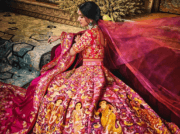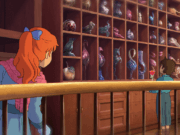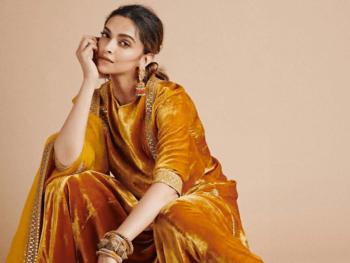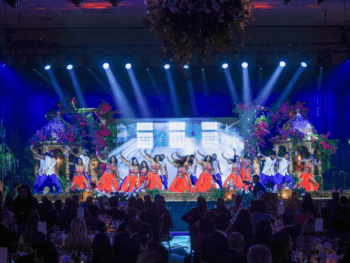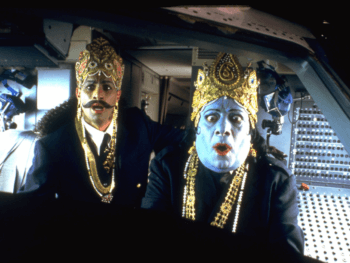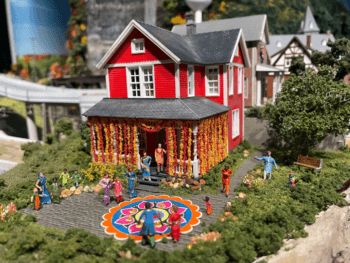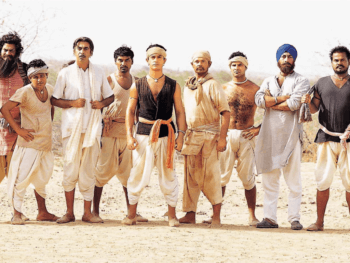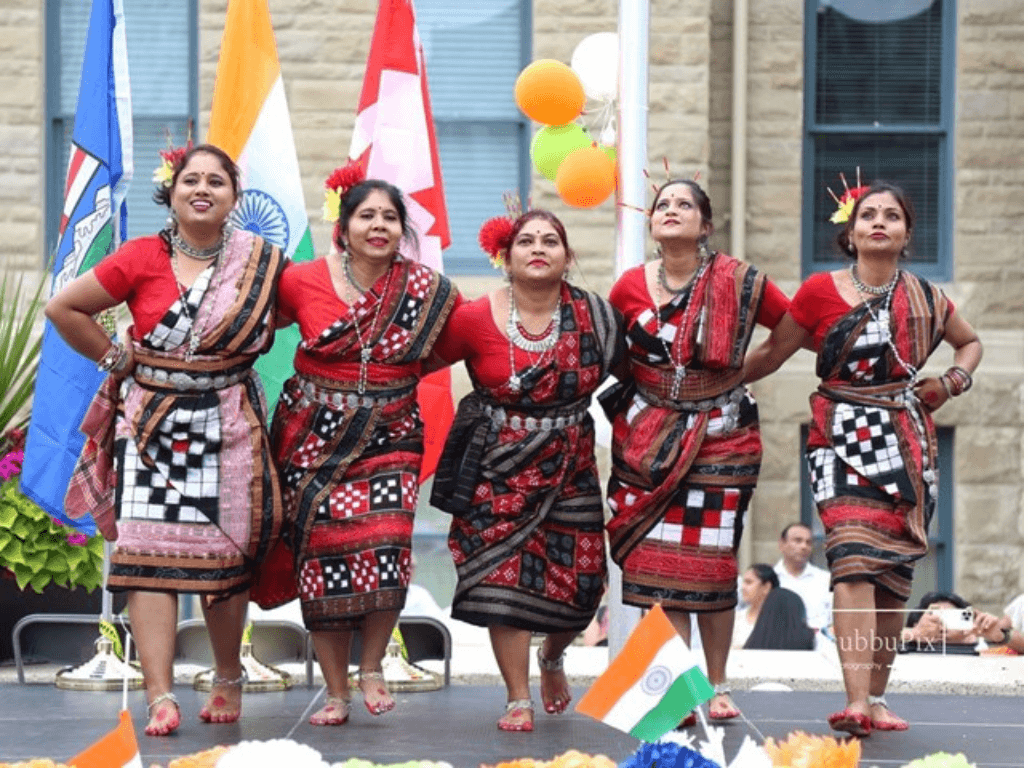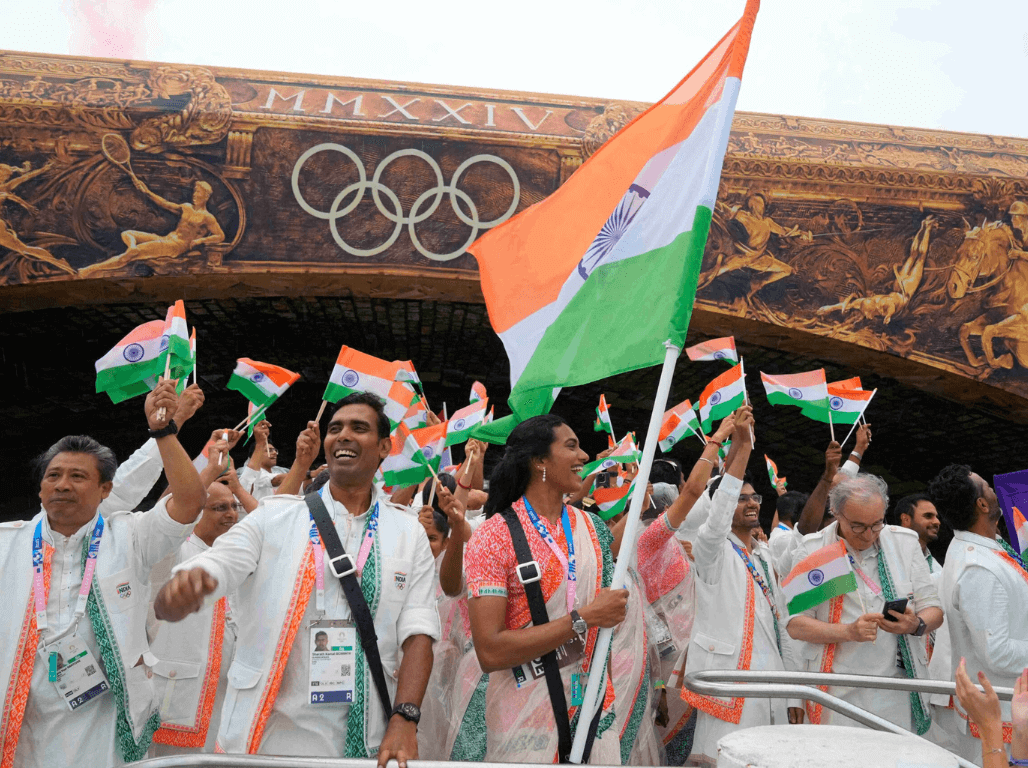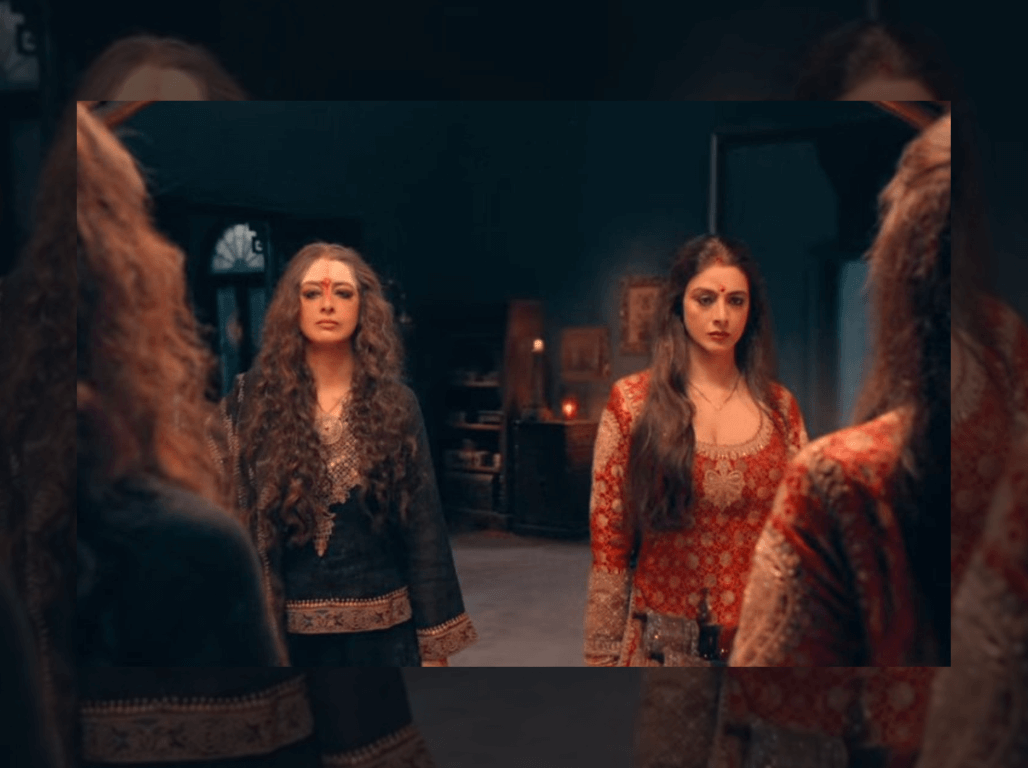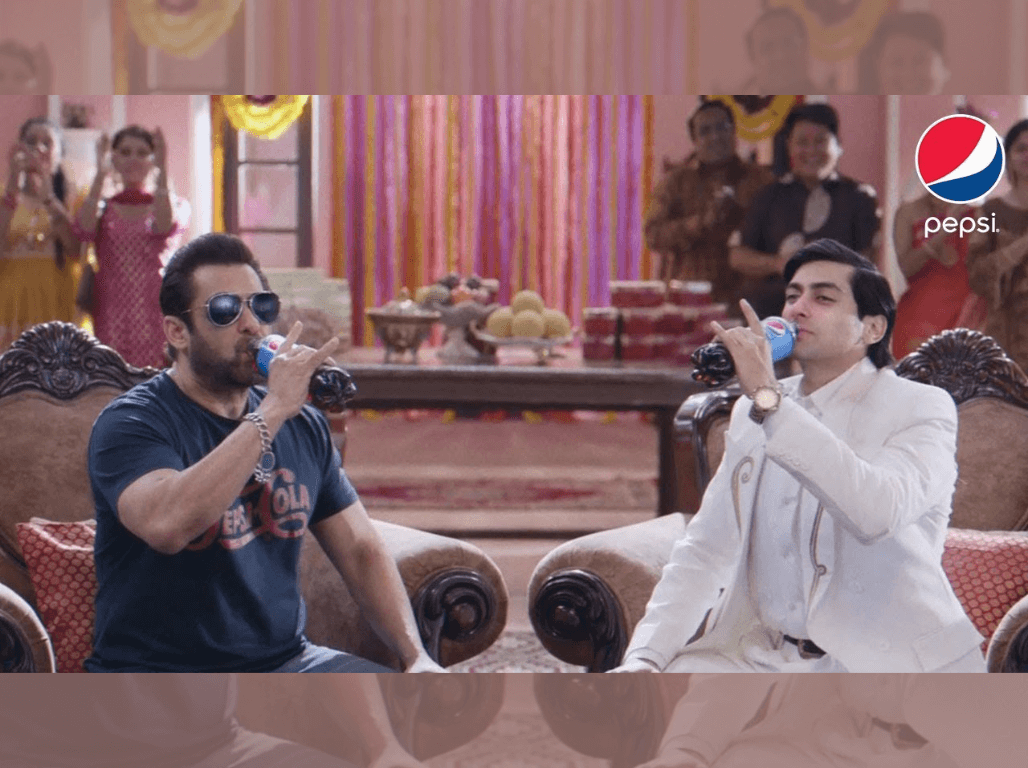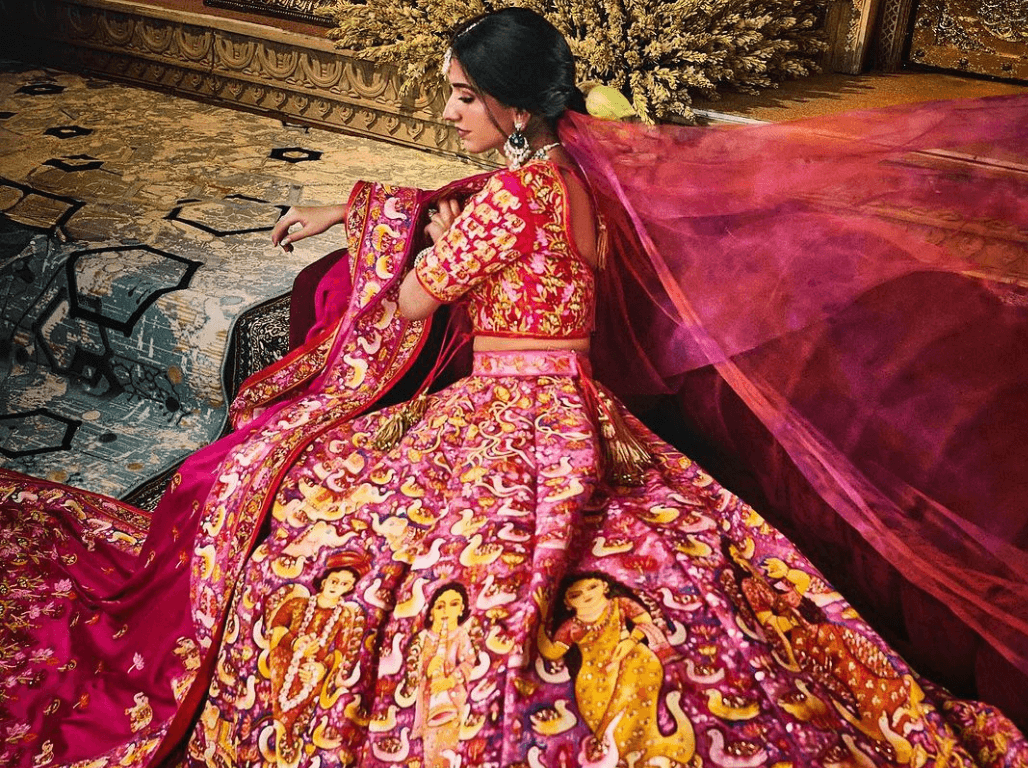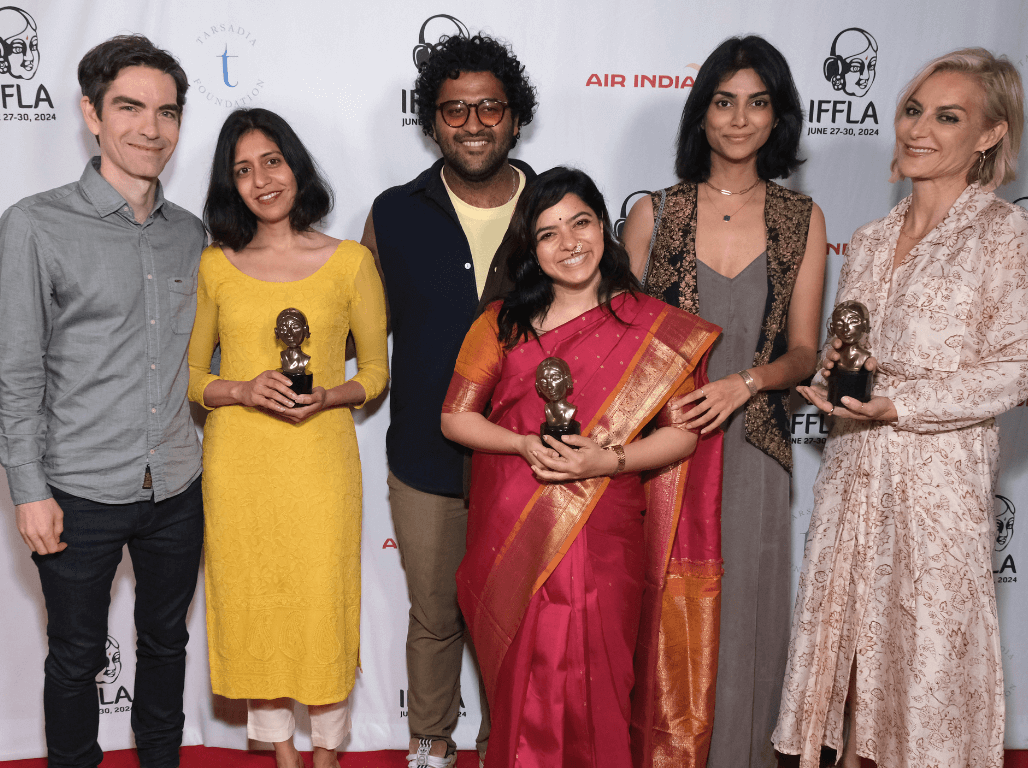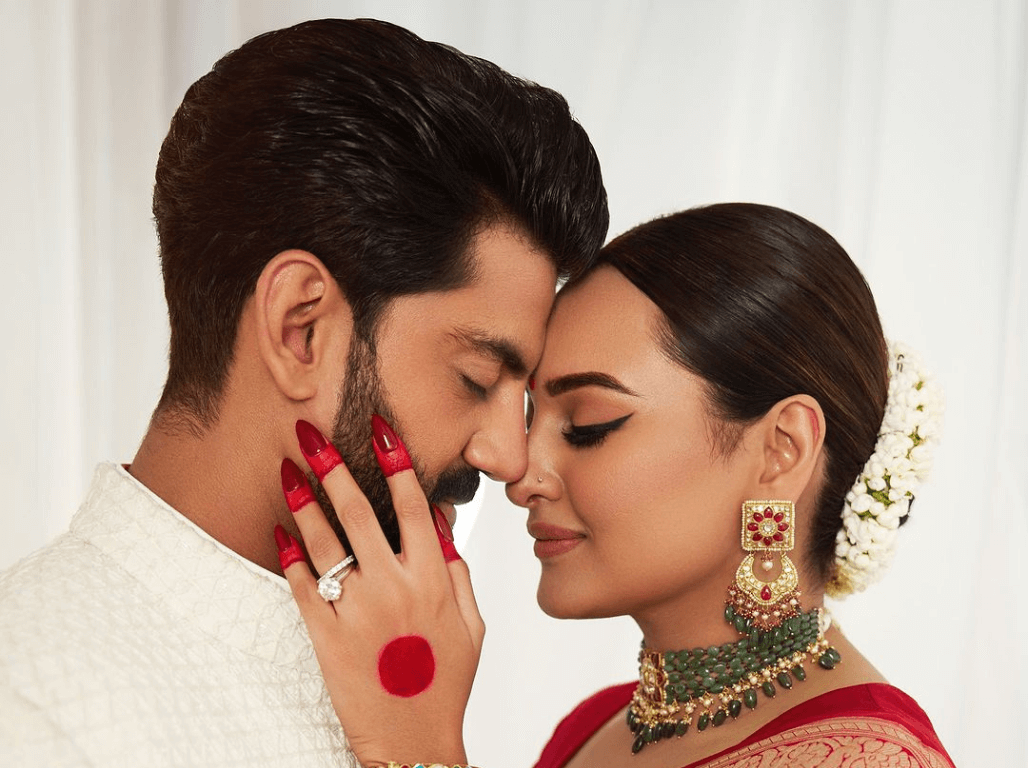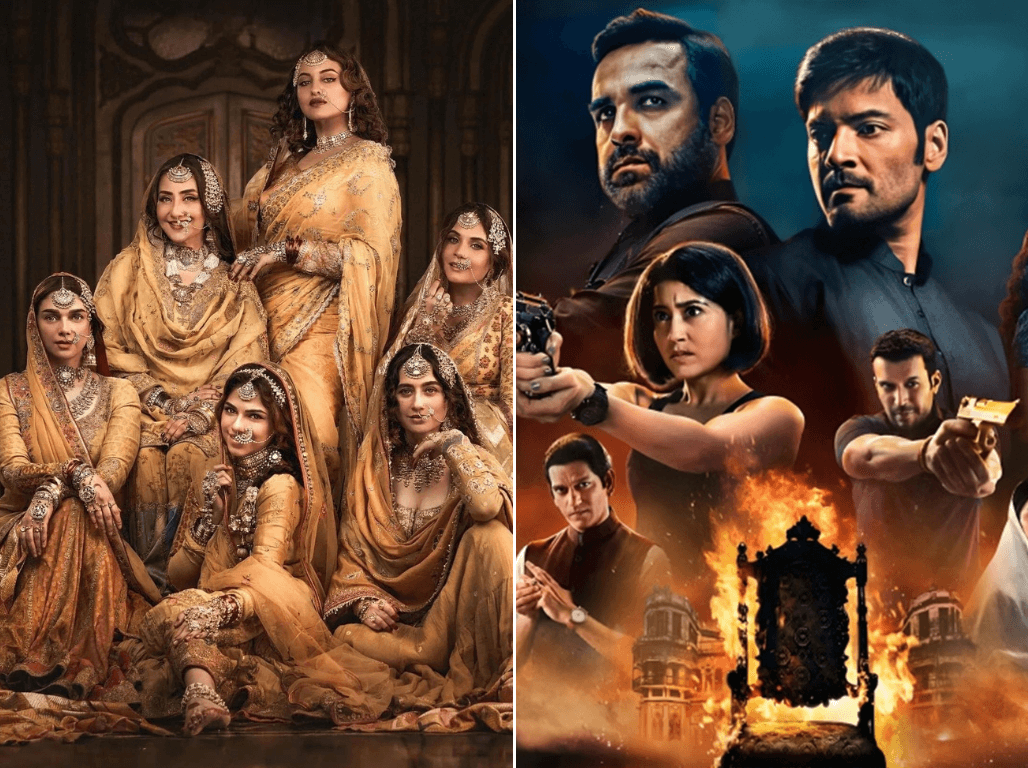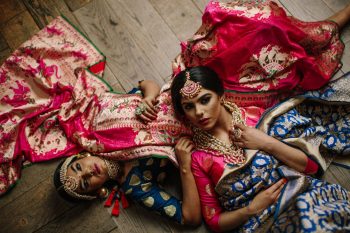
The sari is not a sign of submission or conservatism anymore. The millennial woman is draping the sari for work and play with a cheeky vengeance. It’s the dawn of the reimagined sari.

Women freedom fighters fought for India’s independence in a sari. Women farmers till their lands in a sari. Be it giving birth to their children, performing yoga asanas or dancing in joy at family celebrations, women have taken on life in its many colours and challenges in a sari for generations. So when and why did the sari take a backseat and get branded as a restrictive outfit among young women?
Globalization of fashion and the entry of American and European clothing brands into India excited the masses. And the sari’s succession stopped at our mothers and grandmothers for decades. But in the last few years, from the Bollywood red carpet to the MNC office, the independent woman is flaunting the sari with elan. The sari is no longer a garment that you only associate with classical beauty or traditionalists.
The sari is finally chic and a lot of the credit for cementing it firmly in the pop-culture sub-conscience of the masses goes to designer Sabyasachi Mukherjee. He proved just how versatile and beautiful the sari can be. You see the Sabyasachi sari on famous women, on brides and it even spawned a backroom industry of Sabyasachi copies.


The Urban Sari Means Business
In the footsteps of Sabyasachi, a new breed of designers like Anavila Misra have emerged, who want India to not remain just a source of textiles and handcrafting but also lead in design.
Designer Anavila Misra of her label Anavila is much sought after for her linen sarees. Her saree designs are minimalist and are made, in her own words, “for the thinking woman who is leading change and yet is grounded in culture and values.” From Dia Mirza, Konkona Sen Sharma to Kalki Koechlin, all have flaunted Anavila Misra’s earthy designs. The use of linen transports you back to images of the sooti or cotton sarees that Indian women have worn for centuries.


The Anavila sari has a relaxed drape. It is paired with a tunic, a belt cinched at waist, long flowy jackets and even trench coats. Misra has reinvented it to be versatile, urban and simplistic.
The use of linen lends the sari mobility and comfort. The blouses reach the collar bones and the sleeves reach the elbows or wrists. They don’t hug the bosom and almost resemble a shirt. Prints are almost absent or abstract. The colour palette is subdued with blacks, greys and pastels. The Anavila drape is perhaps India’s answer to the work suit or the formal shirt and trouser. Pallus are longer and wrapped around the neck like a stole. Women don’t have to hide their feminine curves in stiff work wear. In the Anavila sari, she can send out the message that she means business and yet feel empowered and comfortable about her femininity. The Anavila sari seems like just another garment. It doesn’t scream sari when worn.
Romanticism for the Past Revives the Handloom Sari
Designers like Sanjay Garg of the label Raw Mango and Gaurang Shah are leading another popular movement in saris, that of nostalgia for India’s heritage weaves. After the reign of chiffons, georgettes and crystal-encrusted saris during the nineties and after, the design world went back to their roots for inspiration. It was like returning to their mothers and grandmother’s old trunks and discovering the sari once again.


Designer Ayush Kejriwal, who is one of the hottest trending designers today for his bespoke silk saris, explains, “It’s like taking an old black and white film and developing it in colour. In some ways that is quite refreshing because this whole relation with the past has kind of flourished in the last 10 to 12 years and I think once it started everybody thought that it was quite different even though it was not. It was just reviving the old. But people thought that’s modern now. So being traditional now has come to be very modern. So if you go in a party wearing a very big hairdo like a Vyjayanthimala with flowers and a big bindi and some earrings and a kanjivaram sari, suddenly you come across as someone who is very bold and modern.”



Like Garg and Shah, Kejriwal’s muse is the everyday woman who is raw, real and full-bodied. They want young women to relate to their designs and perhaps that is a reason why the popularity of the sari among the urban young has multiplied manifold.
“I see independent women who are sure of themselves and are very comfortable with their body. I see someone who is not bothered about trends or follows celebrities or magazines to decide what becomes a part of their wardrobe. I visualize women who are fierce but at the same time very feminine. I see women who are confident and unaffected with opinions people may have of them. I see someone who has a soul, someone who is not scared to tell their story. I see women who know how to have a good time and laugh loudly without worrying about how their pictures will come out,” says Kejriwal.
Be it the Benaresi Brocade, Kanjivaram, Patan Patola, Jamdani or Kalamkari, what was once branded gaudy by a generation is now rich heritage to another generation. The explosion of traditional saris on runway shows and celebrity red carpets has woken up the average Indian woman to celebrate what has always been in her wardrobe.
Main Image Photo Credit: Ayush Kejriwal























